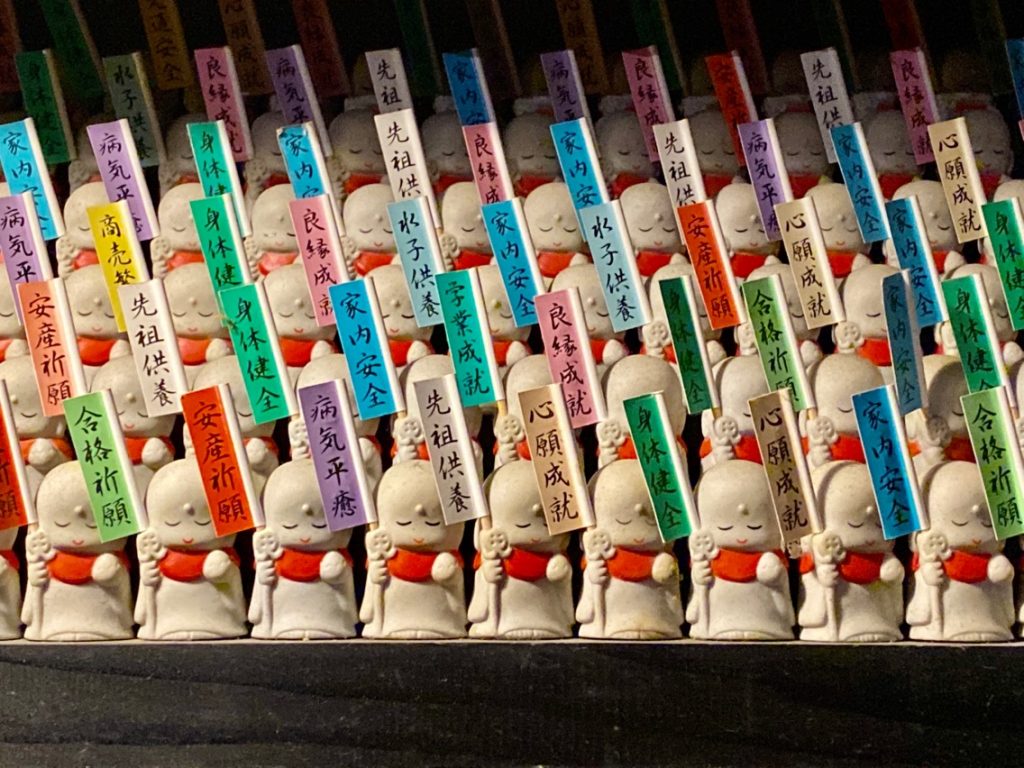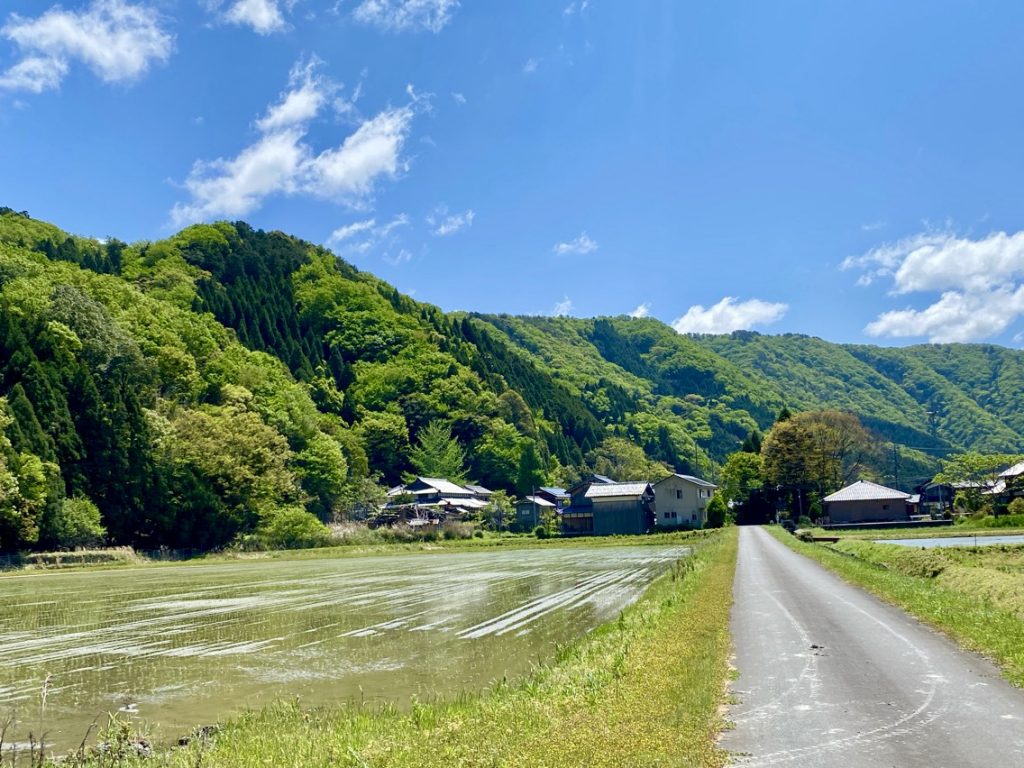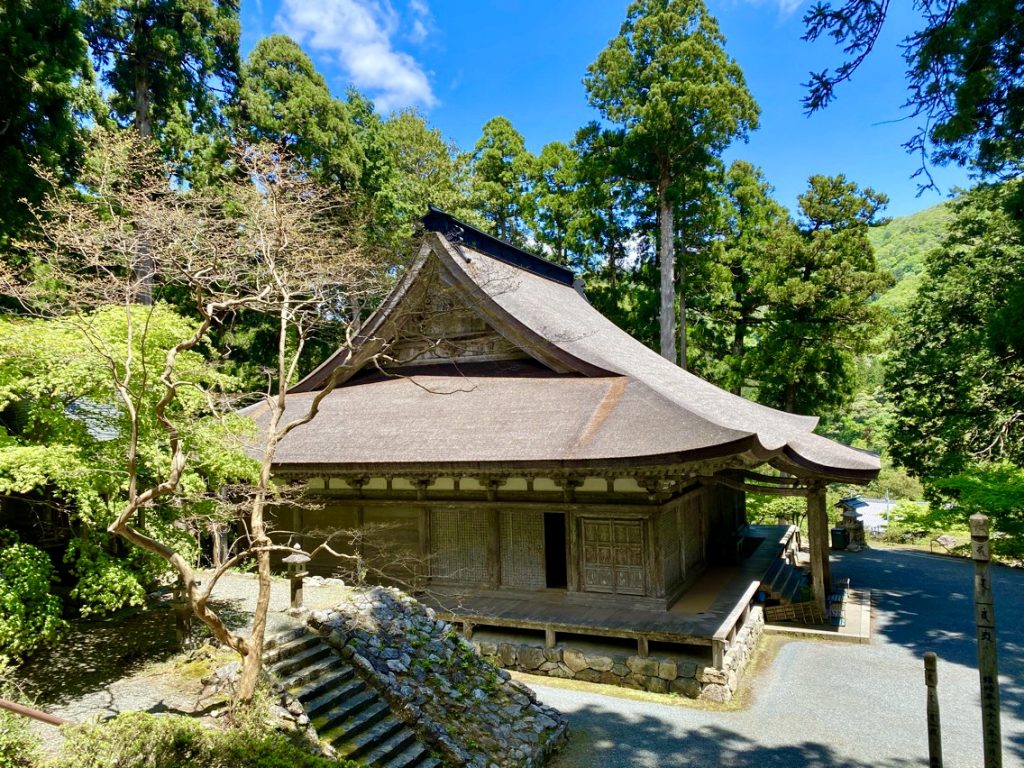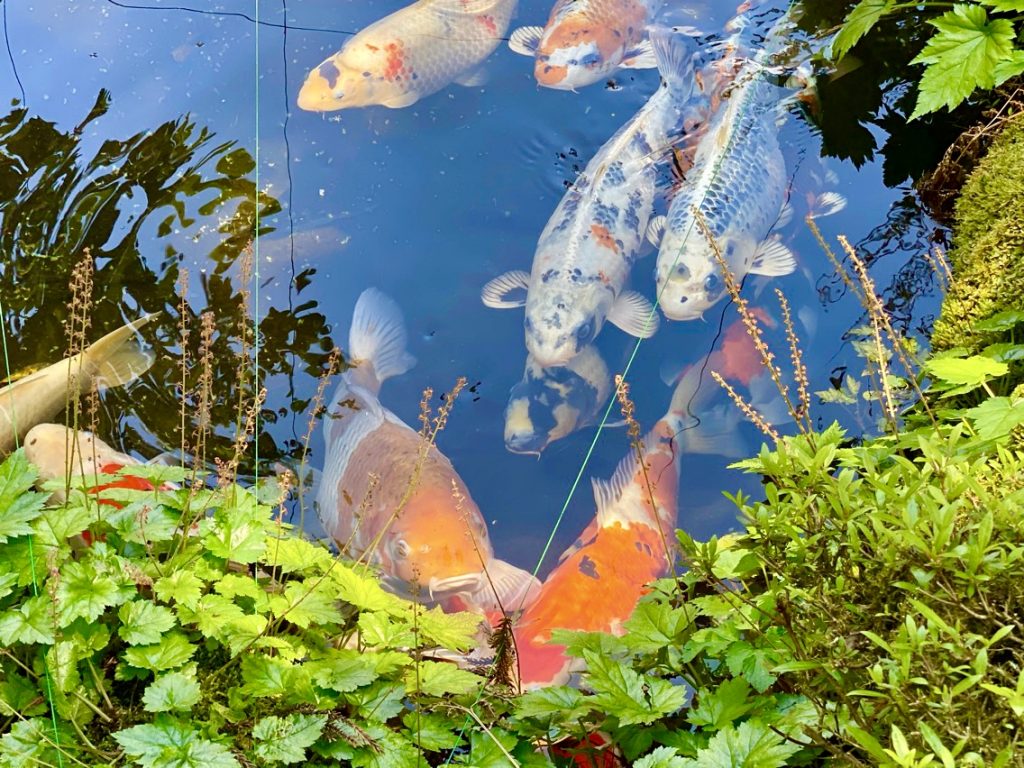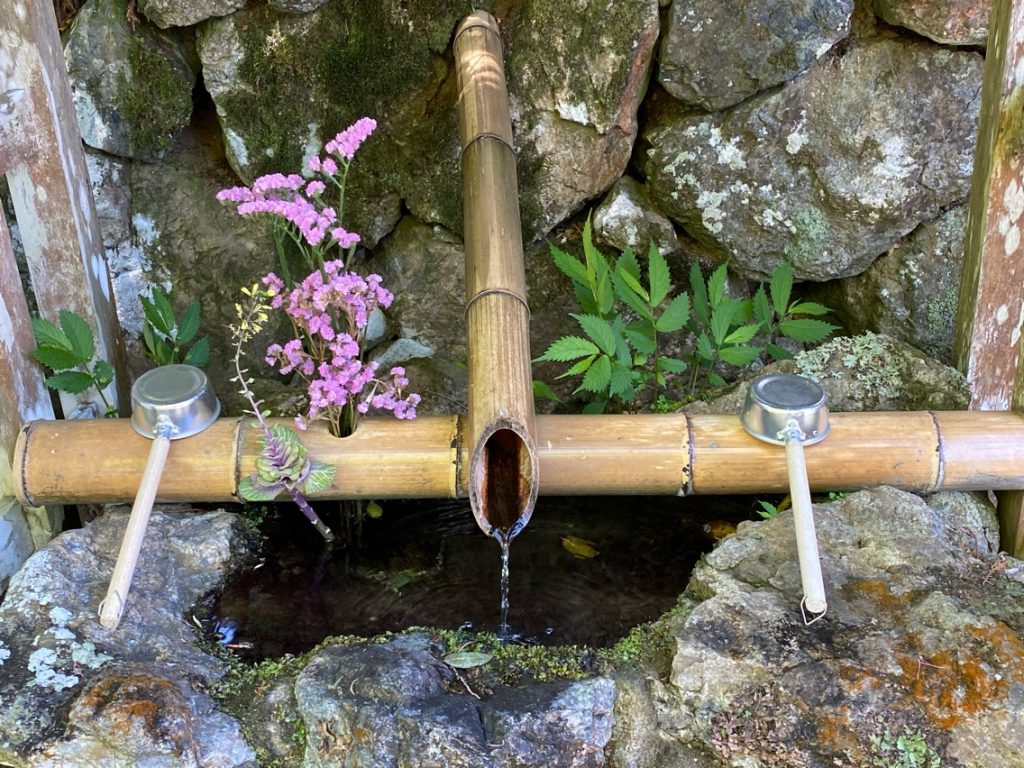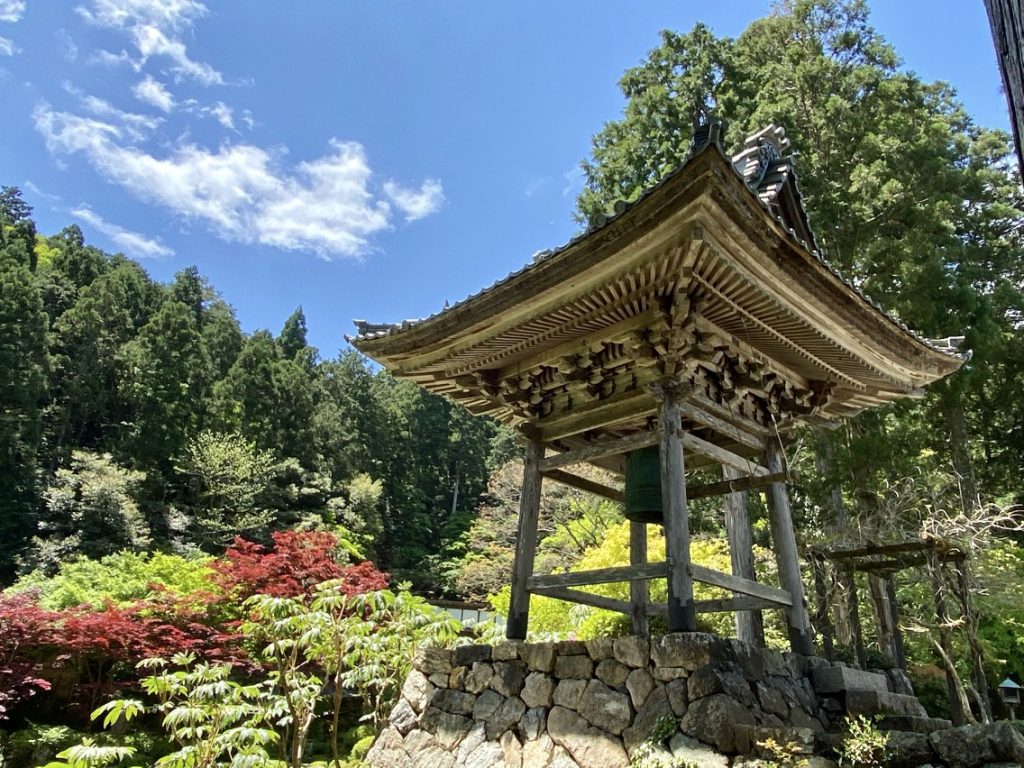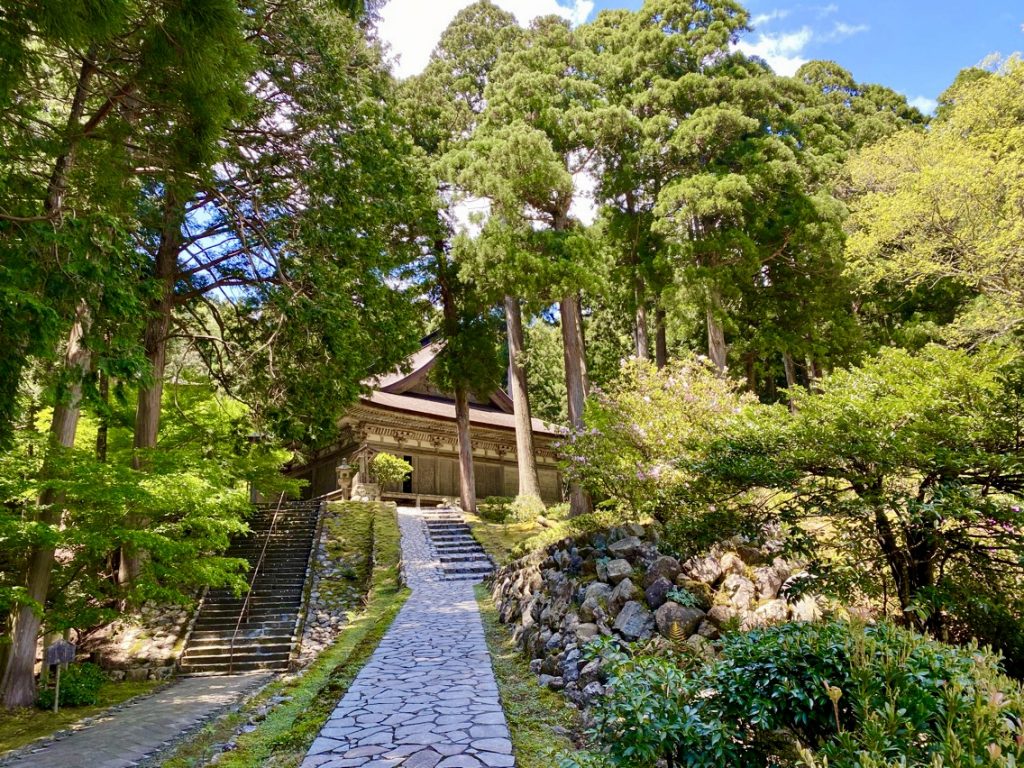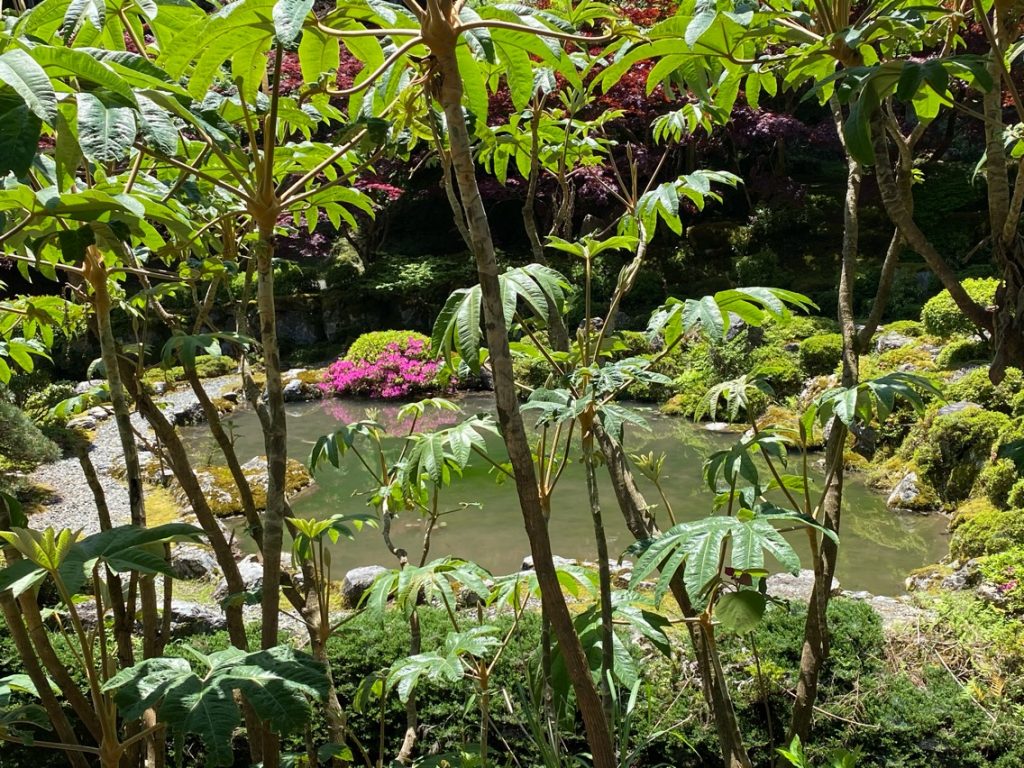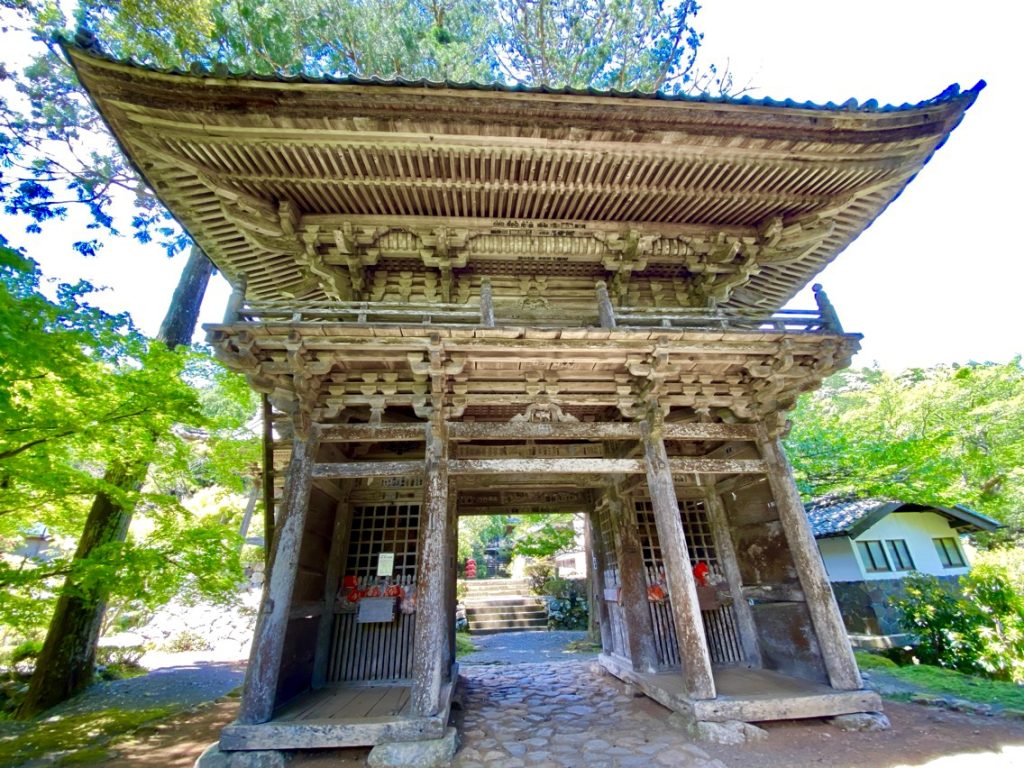Day 51 - The Road To Enlightenment - Walking The Saigoku Kannon Pilgrimage - Myotsu-ji Temple in Obama, Japan, And A Near-Death Experience
Day 51 - The Road To Enlightenment - Walking The Saigoku Kannon Pilgrimage - Myotsu-ji Temple in Obama, Japan, And A Near-Death Experience
This morning, I checked the website of Temple #28, Nariaiji, and saw that they had not yet updated their splash page, which still said the temple would be closed until the end of the first lockdown period.
The friendly waiter here, who has recommended places to visit around Obama for us, asked the front desk of the hotel to call the temple and check if they were open.
The temple answered that they would be open beginning tomorrow, but not for sightseeing, only to service pilgrims.
That was such wonderful news, that I made a small happy dance in the lobby.
The waiter also called to check if Myotsu-ji temple in Obama was open, and recommended that we go there today.
Myotsu-ji is a sacred mountain temple that is not part of the Saigoku pilgrimage, but it was founded at about the same time (around 1300 years ago), and is part of the Wakasa 33 Kannon pilgrimage.
It was a cloudy day and the forecast was calling for rain, so we packed our umbrellas, rain coats, hot tea and snacks.
That way even if nothing were open, we could still enjoy some tea breaks and our own cookies and nuts, instead of being frustrated that everything was closed.
The temple is not located near the Obama city center.
It is in a rural area in the southeastern part of Obama.
Along the way, we passed by quiet rural villages, and lots of rice fields.
The rice fields now are all flooded with water and most have just been planted.
The mountain where Myotsu-ji is located is called Hiyama.
The mountain’s name is ancient, and it was engraved on the main Buddha statue of Yakushi Nyorai (the medicine Buddha) at the time of the temple’s founding in the year 806.
The temple belongs to a Shingon sect of Buddhism.
While the temple is not very big, it is beautifully landscaped, with a three story pagoda, a beautiful main gate and an old main hall.
The main hall and the triple tower pagoda of the present day, are said to have been built by the priest Yorizen of Nakako, and that at one time, there were 24 temple buildings housing deities and guardians.
The main hall standing here today, was rebuilt in 1258 with the use of Irumaya cypress.
The cypress used for construction are 14.87 meters tall and are very wide.
The thatched roofs were made with the use of layers of tightly packed cypress bark.
It is really a magnificent construction that can only be appreciated when you know a bit about wooden building techniques.
Because we had owned and renovated a mountain house in New Zealand that was constructed entirely from wood, we could really admire the craftsmanship of the buildings.
This main hall building is considered to be a representative of the mature period of the samurai society in this area.
The three-storied pagoda was rebuilt in 1270 and it is 22.12 meters high.
It is a building that represents the Kamakura era architecture in Japan, making full use of the advanced construction technology that was emerging at that time.
it is said to have a good overall balance and great precision in its assembly.
The temple houses a collection of ancient statues.
We made ourselves comfortable and prayed and chanted in the cool main hall.
Behind the deities were painted scrolls telling the legend of two guardian brothers.
One brother was the guardian of the land, and the other of the sea.
The land brother borrowed a fishing rod from his sea brother and went fishing.
His hook caught a big fish but it escaped, cutting the fishing line and swimming away.
An old man appeared and offered to take the younger brother to the dragon king’s palace under the sea.
Together they went to where the brother saw that as they entered the palace, all the fish turned into human beings.
The old man called for the fish who was transformed into a man who had swallowed the hook to come forth, and a doctor came to remove the hook from the man’s mouth.
The young brother was entranced and stayed in the dragon palace, marrying the beautiful daughter of the dragon king, and lived happily under the sea.
I think that the moral of the story is that fish are sentient living creatures like humans are, and that we must consider all our actions, even the small ones that seem so insignificant.
This lesson was demonstrated to us on our walk back from the temple.
We had walked through an urban stretch of factories, on a busy road.
We had no sidewalks, and the left side of the road seemed a bit wider and safer to walk on.
But something inside me gave me a feeling that we should keep on walking on the right side of the road.
We continued walking when suddenly a concrete balcony collapsed right across from where we walking, onto the road.
I stood there stunned.
If we were walking on the other side of the road, this concrete balcony would have collapsed right on our heads.
Forget the coronavirus, we would have been dead from a huge block of concrete falling on our heads.
There was no one around to see this collapsed balcony, and the old concrete broke into many small pieces.
Indeed, there are no small or meaningless decisions.
Even something as small as deciding what side of the road you walk on, can have serious consequences.
In Obama, we visited the same coffee house with the lovely owner who had driven us yesterday to her husband’s temple.
This time her cafe was not empty.
We were happy to see she had a waitress and a group of motorcyclists who greeted us warmly and wished us a safe journey.
It was quite a windy and somewhat cool day today, so we decided to go back to the hotel early, instead of walking around Obama city.
As we walked to the train station, we started to cross the road on a red light.
Suddenly a loud speaker from a police car asked us to wait a minute until the light changed before we crossed.
We returned to the curbside and bowed to the two policemen in the car.
We made an inner vow not to cross streets on red lights, even when nobody was there to observe us.
It is best to be patient and wait....
With endless love,
Tali and Jules
Daily stats:
Steps walked - 18,879
14 km. walked
Active walking time - 3.5 hours
Total walking time today - 4.5 hours.
Total walking distance on the Saigoku to date - 892.5 km
Temple Visited:
Myotsu-ji in Obama



